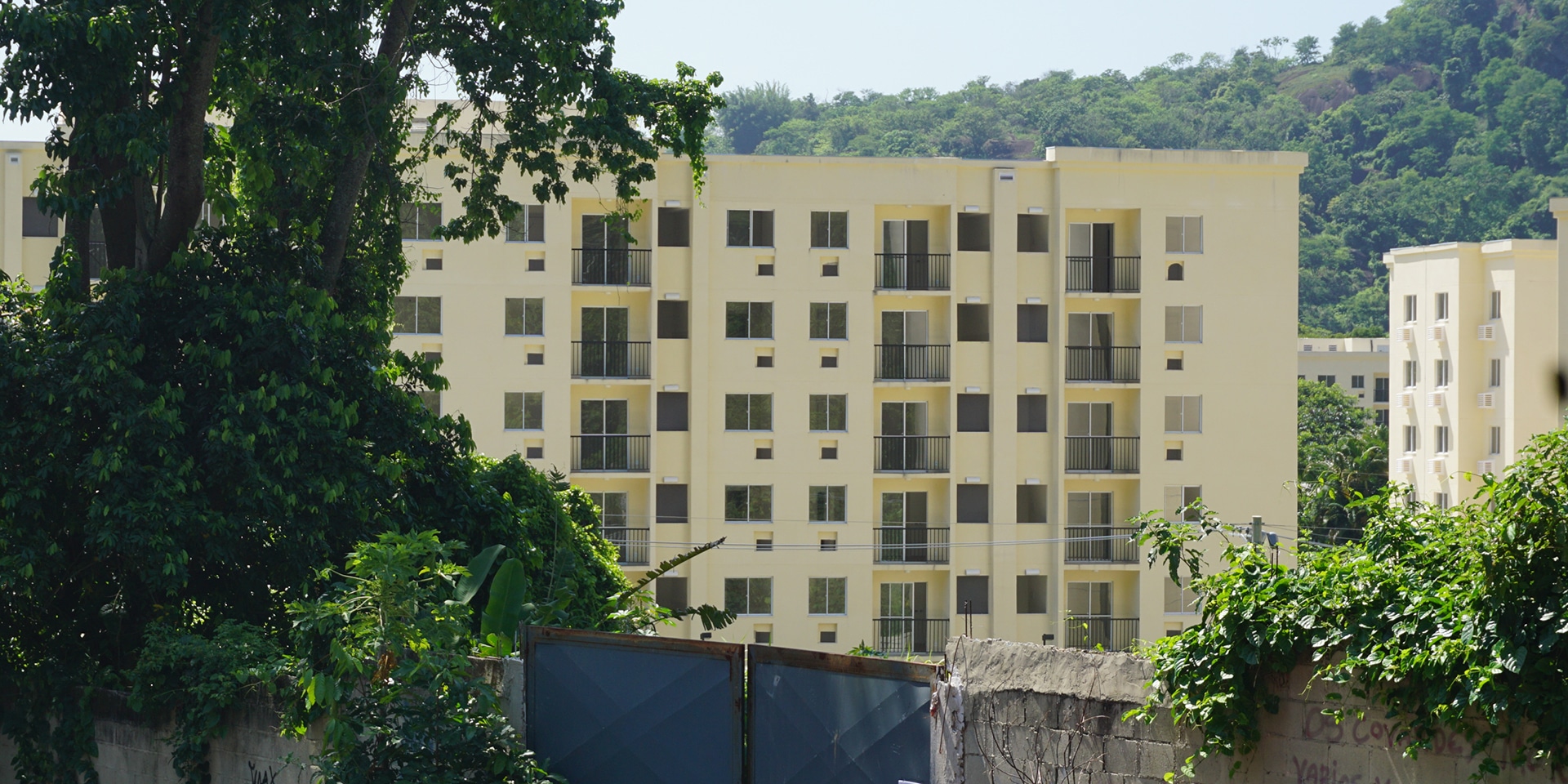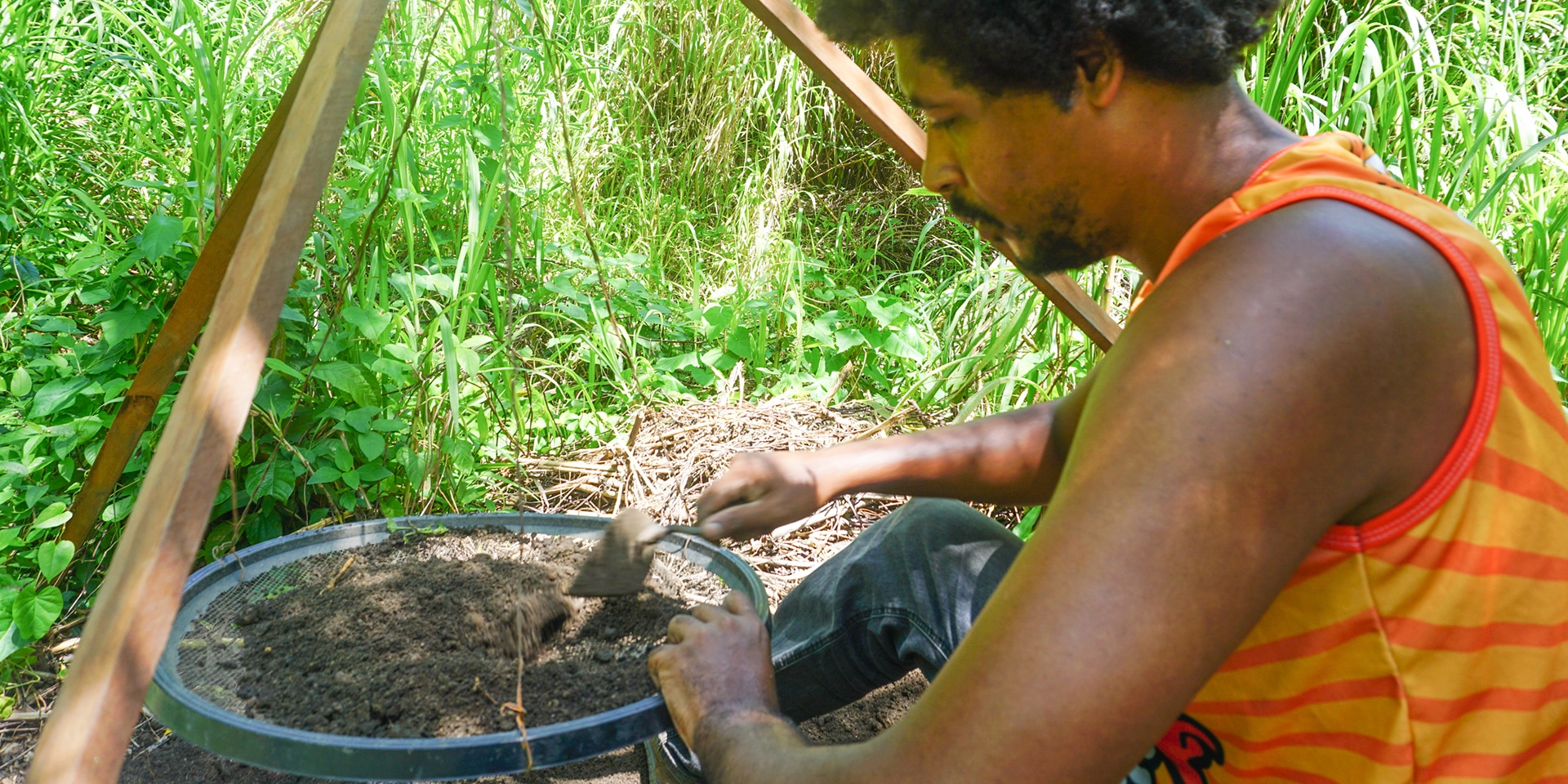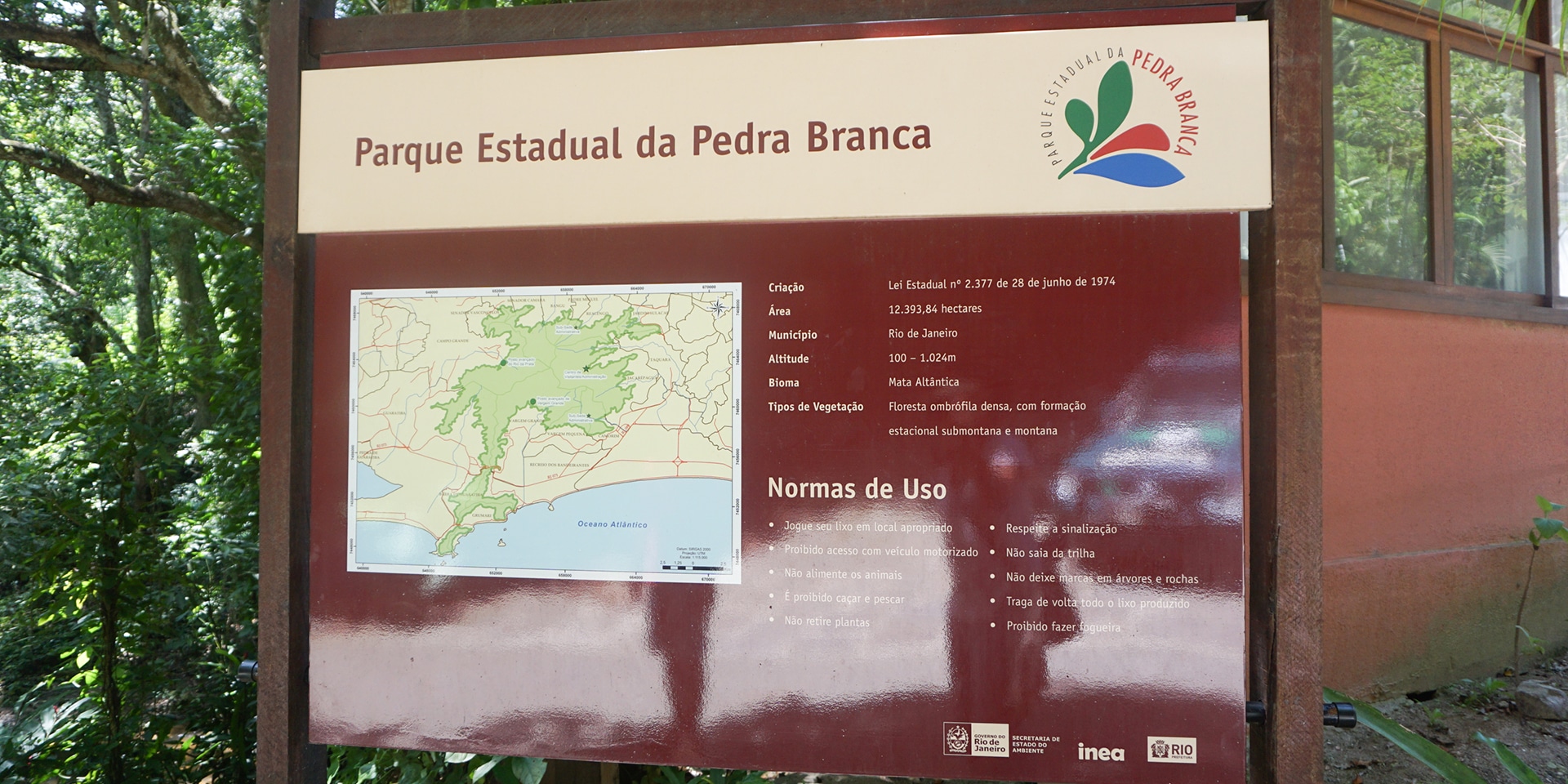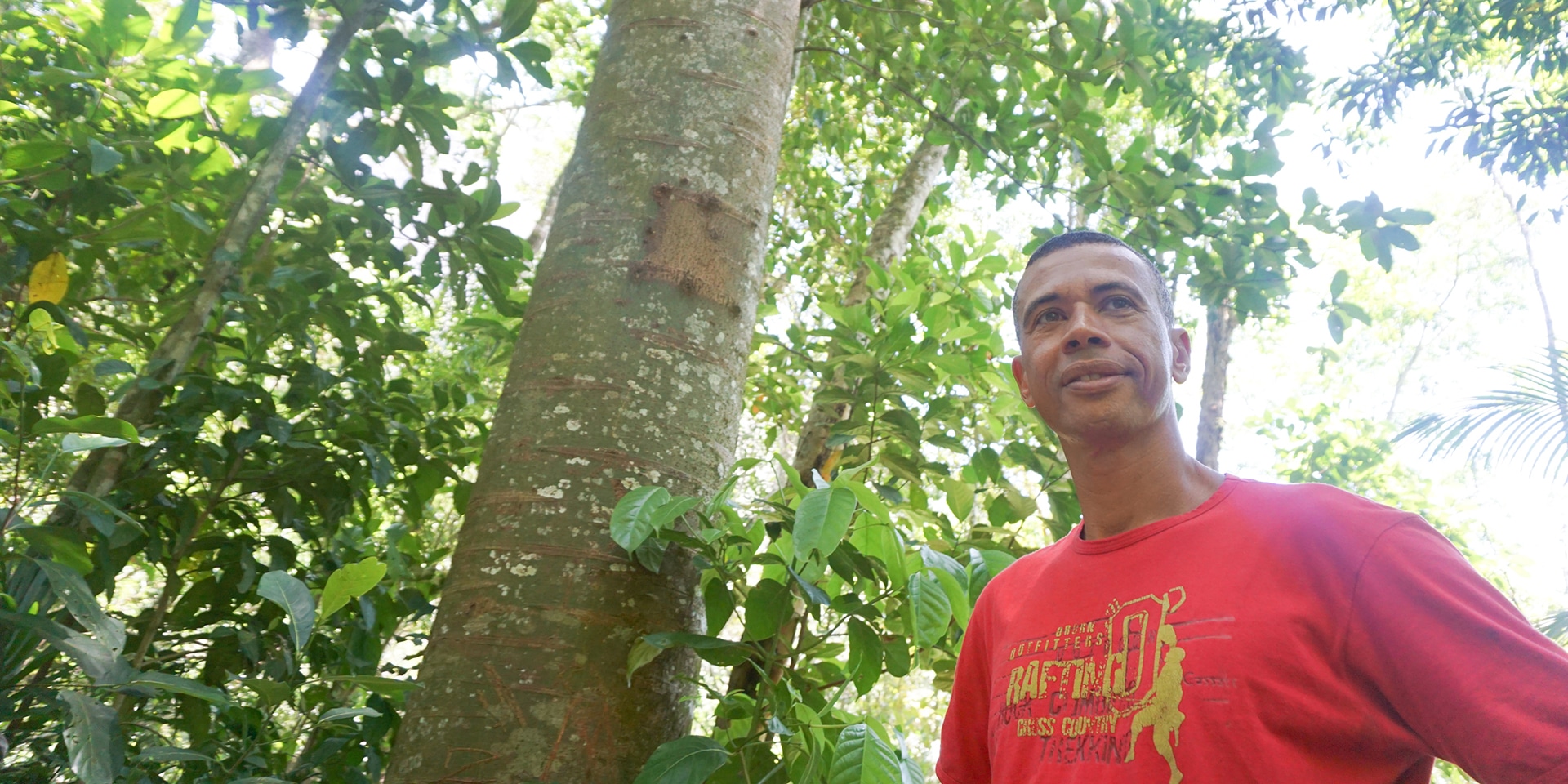I had vowed never to make the exhausting journey again. I spent the summer of 2016 traveling two hours each way on public transportation from Rio de Janeiro‘s Zona Sul to Barra’s Olympic Park, where I worked. Three months later I was on the route again, passing gated condominium towers, new malls and six-month-old Olympic venues. This time, however, my destination was Camorim, a 400-year-old quilombo community that sits next to a state park in the Atlantic Forest.
The long journey was worth it.
Before slavery in Brazil was abolished in 1888, quilombos were self-sustainable communities located deep in the forest created by formerly enslaved African and Black people after they escaped captivity.
Today, the term refers to descendants of those communities and more casually, people or a physical place that use Afro-Brazilian culture and history as a form of resistance — resistance against racism, environmental destruction and even real estate speculation.

Adilson Batista Almeida and the 10,000 members of the Camorim community represent both. Almeida is the founder, president and director of the Camorim Cultural Association, whose goal is to help the community gain land rights and formal status as a quilombo from the Brazilian government.
To promote the history and culture of the area, Almeida regularly leads tours through the Pedra Branca State Park.
I first heard about Almeida right before the Olympic Games, when the public discovered that housing for Olympic journalists, the Barra Media Village, was built on top of a sacred slave cemetery in his community.

I met Almeida for my tour in front of the small São Gonçalo do Amarante church, built by enslaved Africans in 1625. Next to the church is a community area where Almeida gives Capoeira and Jongo lessons.
Before we started our journey, we stopped by a fenced-off area in front of the controversial media housing. A young man opened the gate to reveal a small archaeological excavation right next to the complex.
Here we met archaeologist Silvia Alves Peixoto, who was two months into her research of the area, which at one time was one of the region’s largest slave plantations.
This plantation, Engenho do Camorim, was unique, Peixoto explained, because the Catholic Church–run site kept excellent records of everything.

“Excuse me, can you repeat that? Did you say the Catholic Church owned one of the largest slave plantations in this area?” I asked her in disbelief.
“Of course it did,” Peixoto said. As Peixoto explained her project, Almeida smiled and became visibly excited. Here was someone who could finally corroborate the stories that Almeida’s ancestors had passed down to him.
“We’ve been waiting for a person like her since 2004,” he said.
Almeida and I made our way up the mountain to start a short hike into the 31,000-acre park. Hiking is one of my favorite activities in Rio de Janeiro. Having lived in Chicago, New York, Paris, London and Boston, I’m a city girl at heart.
But Rio de Janeiro, with 6.5 million people, is the first place I’ve lived where I can get lost in nature without leaving the city limits. I had already hiked Pedra da Bonita and Morro Dois Irmãos, but my outing with Almeida was my first one with someone who cared so much about the community and environment.
“Just wait until you see the grotto,” Almeida said as we entered the park.

People think it’s just a rock, but it’s so much more.
Almeida leads reforestation and cleanup hikes in the park 10 times a year.
As we walked through the cool, dark forest in the middle of the day, Almeida pointed out the trees he and community members had planted over the years. Some of them had grown as tall as I am. One, planted just 12 years ago, had reached the top of the forest.
We passed small waterfalls, jumped over clear streams dotted with rocks, and stopped to admire abandoned houses. Our last stop was a two-story, cave-like rock.
“People think it’s just a rock, but it’s so much more,” Almeida said.

I hunched over and followed Almeida into the opening of the grotto. The inlet led to an even bigger area where Almeida and I could stand up straight.
Before the end of slavery, the rock was used as a safe haven for people who had escaped from the plantations down below.
“Isn’t the energy wonderful here?” Almeida asked as we stood in the cave and reflected on our surroundings.
The rock wasn’t the final destination for the runaway slaves. Almeida said 10 to 15 people lived in the rock for about 10 years before slave catchers discovered it. They then journeyed deeper into the forest, where they started quilombos and lived as free people.
Almeida’s most requested tour is the one that leads groups to the top of the state park where a waterfall and small lake await them. Other people have toured the park at night or even camped in the park with his assistance.
To get in touch with Almeida, connect with him via Facebook. He only speaks Portuguese, but with proper notice he can arrange for an English-speaking guide to join him on the tour. His prices are more than affordable, and the experience and knowledge you will gain are truly priceless.




